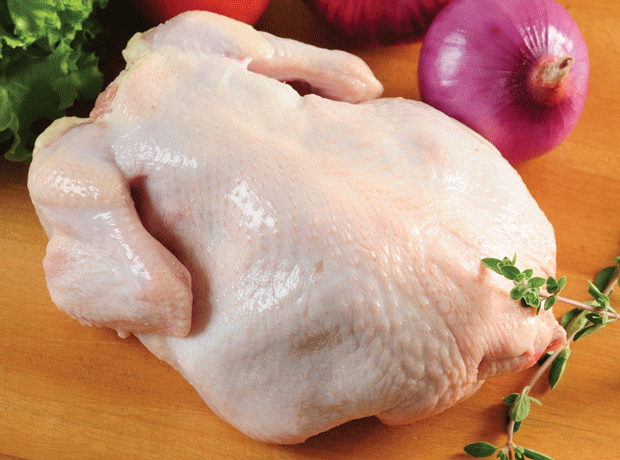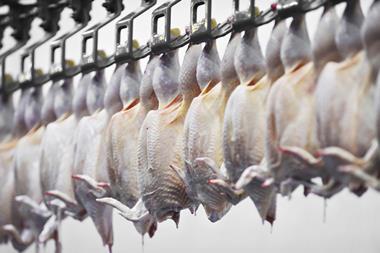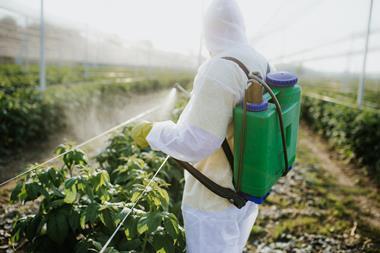
High levels of campylobacter contamination in supermarket chicken remains a major food safety problem, but improvements achieved by some retailers show it is possible to reduce the risk, the Food Standards Agency has said.
The FSA today (10 September) published a full-year analysis on its survey of campylobacter rates in supermarket chicken. The full results were first published in May 2015, and showed 73% of chicken tested positive for campylobacter, with 19% showing high levels of contamination.
The analysis concluded there were “significant differences” between some major retailers in terms of how affected they were by high contamination, which couldn’t be explained by factors such as shelf-life remaining, chicken weights, time of year sampled or type of chicken rearing.
As previously reported, Tesco had the lowest proportion of highly contaminated chickens compared against the industry average, while Asda had the highest.
The report acknowledged processing plants were likely to play a role in the differences, but said further studies would be needed to “provide a more comprehensive understanding of the extent to which different processors can explain the differences between retailers”.
It added while the proportion of chicken on sale in the UK contaminated with a high level of campylobacter was still high, the low proportion achieved by some retailers suggested “it is possible to achieve better control of campylobacter in chicken”.
Data published by Marks & Spencer, The Co-operative Group, Waitrose, Aldi and Iceland on samples taken after the end of the FSA survey showed “significant decreases” in the incidence of campylobacter on whole chickens, which further indicates that improvements are possible, the FSA said.
“The FSA’s retail survey has been an important part of our work to tackle campylobacter. Thanks to the focus the survey has put on the industry, retailers and processers are starting to invest in new interventions to tackle the bug,” said FSA director of policy Steve Wearne.
”Our new retail survey, which is already underway, will allow us to track progress and give us an indication of where these interventions are delivering results.”
The results of the FSA’s new survey, which began in July and will include Aldi and Lidl for the first time, are expected in November 2015.
Industry reaction
Responding to the FSA’s report today, 2 Sisters Food Group said “it is clear that there no easy way to tackle a complex problem quickly or 100% effectively” but stressed it had made important interventions as part of a £10m campylobacter reduction programme.
This included a policy of ‘no-thinning’ of poultry flocks, which had shown promising results, the company added. “Our independently verified data shows year-on-year improvements where campylobacter is most present,” it said. “With the further use of our new factory intervention like our secondary scalding technique, we anticipate an even great removal of campylobacter, reducing its presence to significantly less than the industry target of 10%.”














No comments yet